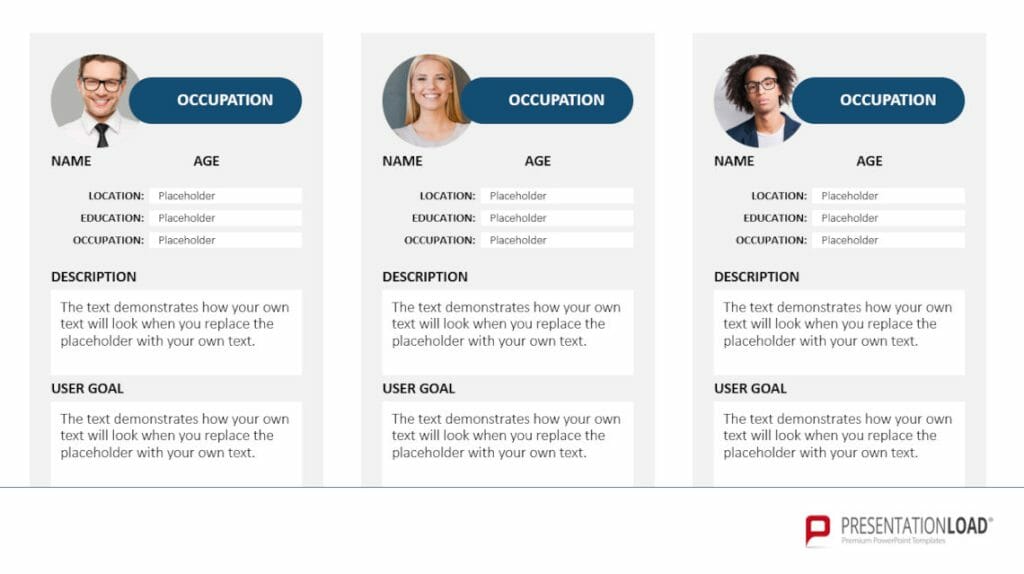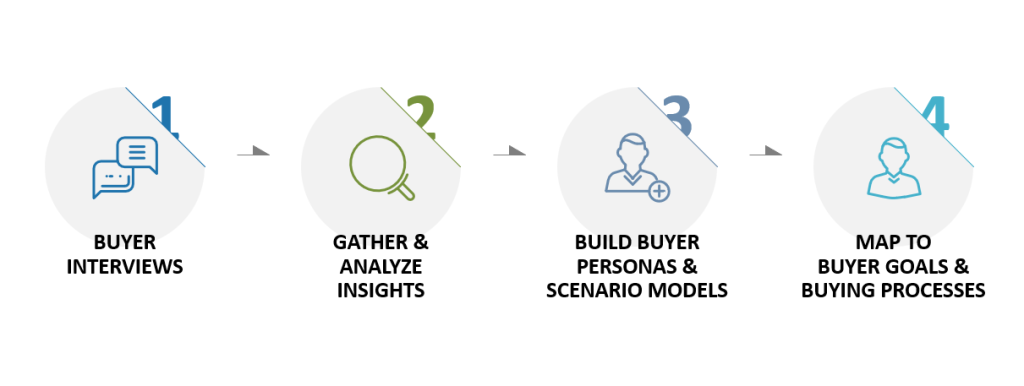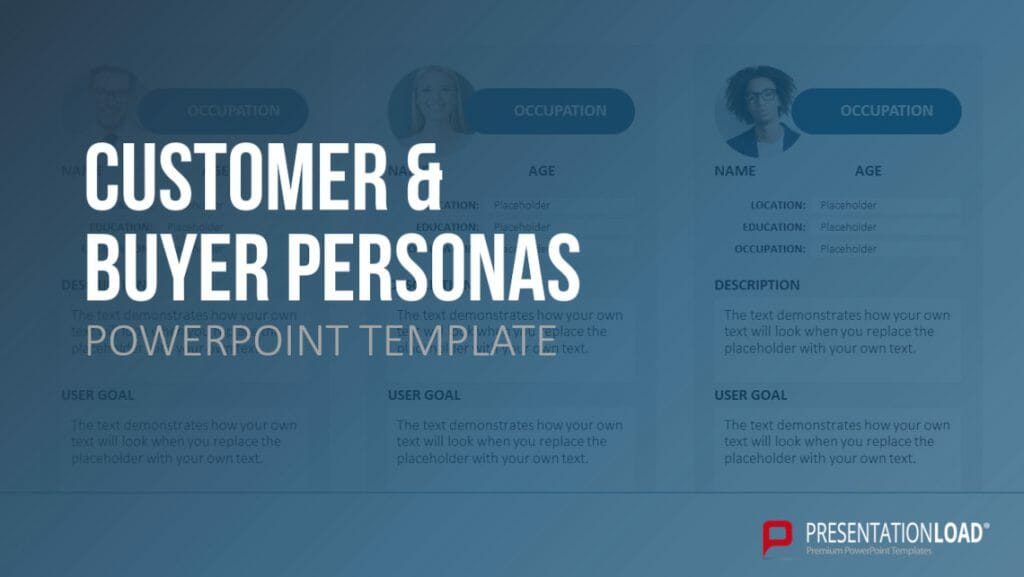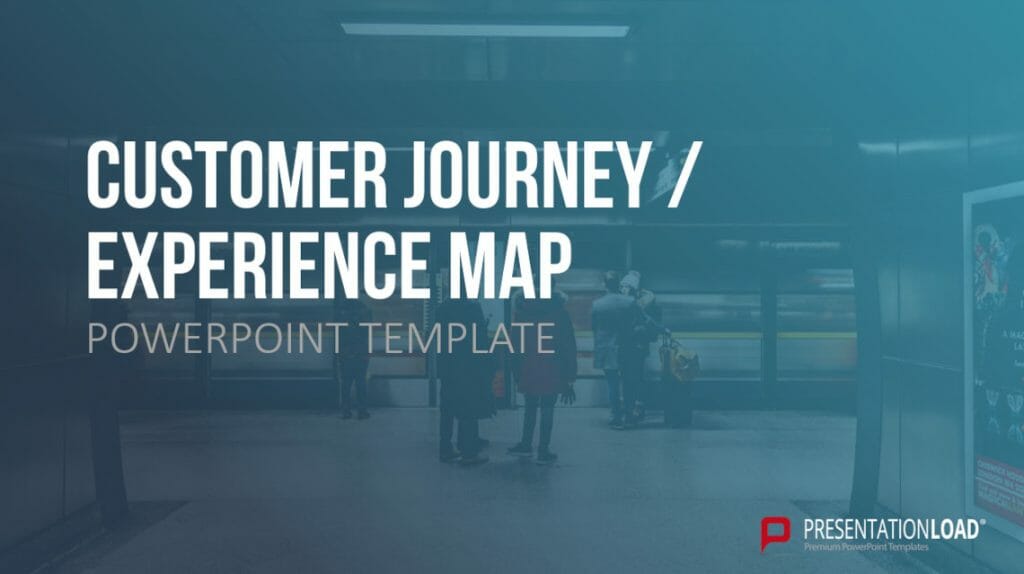
Expert Tips for Creating Customer Personas: How to Make it Work!
As a business owner, service provider, developer, or marketer, understanding who your customers are and what motivates them to purchase your products is crucial.
Customer and buyer personas can help you address these questions and optimize your marketing processes by gaining detailed insights into your target audience. In the following, you will learn how to gather relevant customer information and create persona profiles.
What is a target audience?
The term “target audience” refers to all the people you want to reach with your idea, product, or service of your company. By defining a target audience, you automatically narrow down potential customers, although they remain faceless.
However, your target audience consists of a group of heterogeneous individuals. How can you address your ideal customer even more accurately? This is where you turn to customer personas.
What are Customer Personas?
Customer Personas (also known as “Buyer Personas” or “Marketing Personas”) are fictional representations of your target customer audience. Unlike the target audience, personas give a concrete but fictional face to your customers.
These “ideal customers” help answer questions about who your buyers are, how they think, and why they ultimately decide to purchase from you or use your services. In short, personas delve into the stories of buyers and their consumer behavior.
Why Customer Personas are useful
Background information about your customers is helpful for decisions in marketing, sales, product development, and customer service. With a detailed understanding of who your customers are, you can tailor your product to their needs and produce appropriate content for advertising and support offerings.
Customer personas are therefore an essential tool for many aspects of your business operations. Many companies rely on intuition and neglect the development of a buyer persona. We advise against this. After a while, you will realize that it is easier to visualize how purchasing decisions are made and how you can influence them using a model (also known as the Buyer’s Journey, see the chapter “Consider the Customer Journey”).
Personas can be used, for example, to segment target audiences and refine marketing messages. This allows you to more effectively address the needs of groups or individuals.
Allocate enough time to develop customer personas. With well-developed buyer personas, you can better understand your target audience. Your marketing efforts will also be propelled forward as you increase lead generation and customer satisfaction, which in turn leads to higher conversion rates.
What are Buyer Personas made up of

Buyer Personas are composed of demographic information as well as insights into the needs and behaviors of your customers. These insights are based on the knowledge you have gathered about your target audience.
These needs or behaviors can include challenges that the target audience faces, as well as simple details such as interests, hobbies, age, occupation, or location.
Your specific customer persona should include all the necessary information that is important to you and your company. This allows you or your marketing department to work effectively and engage with customers in a meaningful way.
How to create customer personas

To gather the data needed for creating a customer persona, conducting interviews and surveys can be effective. The goal is to gather opinions and preferences from various customers in your database and beyond. Some possibilities include website analytics, direct customer feedback, and market research.
Develop a strategy for effective data research and collect information from:
- Customers:
Analyze the information collected in your databases or obtained through interviews to draw conclusions about your typical ideal customer. Additionally, seek feedback from your sales team, which interacts closely with customers on a daily basis. Conducting interviews can also convey to your buyers how much you value their opinions. - Prospects:
Identify individuals who have not yet purchased your product but have expressed interest. Implement lead generation measures and use website analytics to identify those who frequently view your products but have not made a purchase. - Potential customers:
In addition to those with existing interest, there are potential new customers who have not yet become aware of your products or services. Research new contacts and work on expanding your existing networks. Tips about networking can be found in our blog “Networking with PowerPoint”.
Three tips for conducting interviews:
- Provide incentives for participation in interviews and surveys, such as vouchers or gifts.
- Clearly communicate to the person you are contacting that the interview is not a form of advertising.
- Make the process of participating in interviews and surveys as simple as possible.
Feel free to use presentation templates from PresentationLoad to assist in creating customer personas.

What are negative personas?
Negative personas represent those individuals who do not belong to your target customer group. This includes, for example, one-time buyers or students who have purchased your product only for research purposes. It is advantageous to identify these “bad apples” in your customer database in order to avoid wasting energy on unnecessary profiling or ineffective marketing efforts.
Consider the Customer Journey
The Customer Journey (also known as the “Buyer’s Journey”) is closely linked to the Customer Persona. It refers to the examination of the purchasing behavior of potential customers.
The Customer Journey consists of three phases:
- Awareness Phase: The customer becomes aware of a problem or need.
- Consideration Phase: The customer investigates the problem/need in more detail and looks for possible solutions.
- Decision Phase: The customer selects one of the previously researched solution options.
How do you determine the Customer Journey of your customers as a company?
To understand the specific decision-making process your customers go through, you need to know them well. Put yourself in your customers’ shoes and see the problem from their perspective.
You can gather information about the Customer Journey from existing customers, for example. Use the following questions as a guide:
Relevant questions for the Awareness Phase:
- How does the customer describe the problem or goal?
- What are the consequences for the customer if the problem is not solved?
- How does the customer access necessary information about their problems or goals?
Relevant questions for the Consideration Phase:
- What possible solution options does the customer consider?
- How and where does the customer gather information about the solution options?
- What pros and cons does the customer attribute to the different options?
- What criteria are crucial for the customer to choose the right solution option?
Relevant questions for the Decision Phase:
- What advantages does the customer see in your offering compared to the competition?
- What criteria regarding your offering are important to the customer?
- What strengths and weaknesses does the customer associate with your offering?
- Who ultimately makes the decision? One person or several? What different perspectives are considered?
- Would your customers like to test your offering before buying it?
Collect the answers to all the questions and use them to construct the Customer Journey. This information forms an important foundation for many other marketing activities in your company. For example, content strategies can be closely aligned with the Customer Journey to ensure that the right information is available to customers at every stage of the process.
You can use presentation templates from PresentationLoad to develop your Customer Journey. These templates include the User Experience Map, which helps you trace the customer’s experience from the beginning to their final decision.

Conclusion: Use Customer Personas
By researching and conducting interviews, you will gather a wealth of data about current and potential customers. With Customer Personas, you will gain a better understanding of your customers and generate value from that knowledge. Implement our tips today and tailor your products and marketing activities to your target audience. Increased sales and more high-quality leads will be the result.
If you have any questions about Customer Personas or PowerPoint in general, don’t hesitate to contact us at [email protected]. We are here to help!
Are you looking for visually supportive and professionally designed slide templates? Take a look at our shop. We have numerous slides prepared for download on a wide range of (business) topics. Visit our shop today! ►Go to Shop
Other articles you might be interested in:




